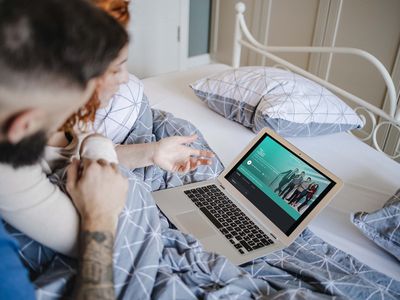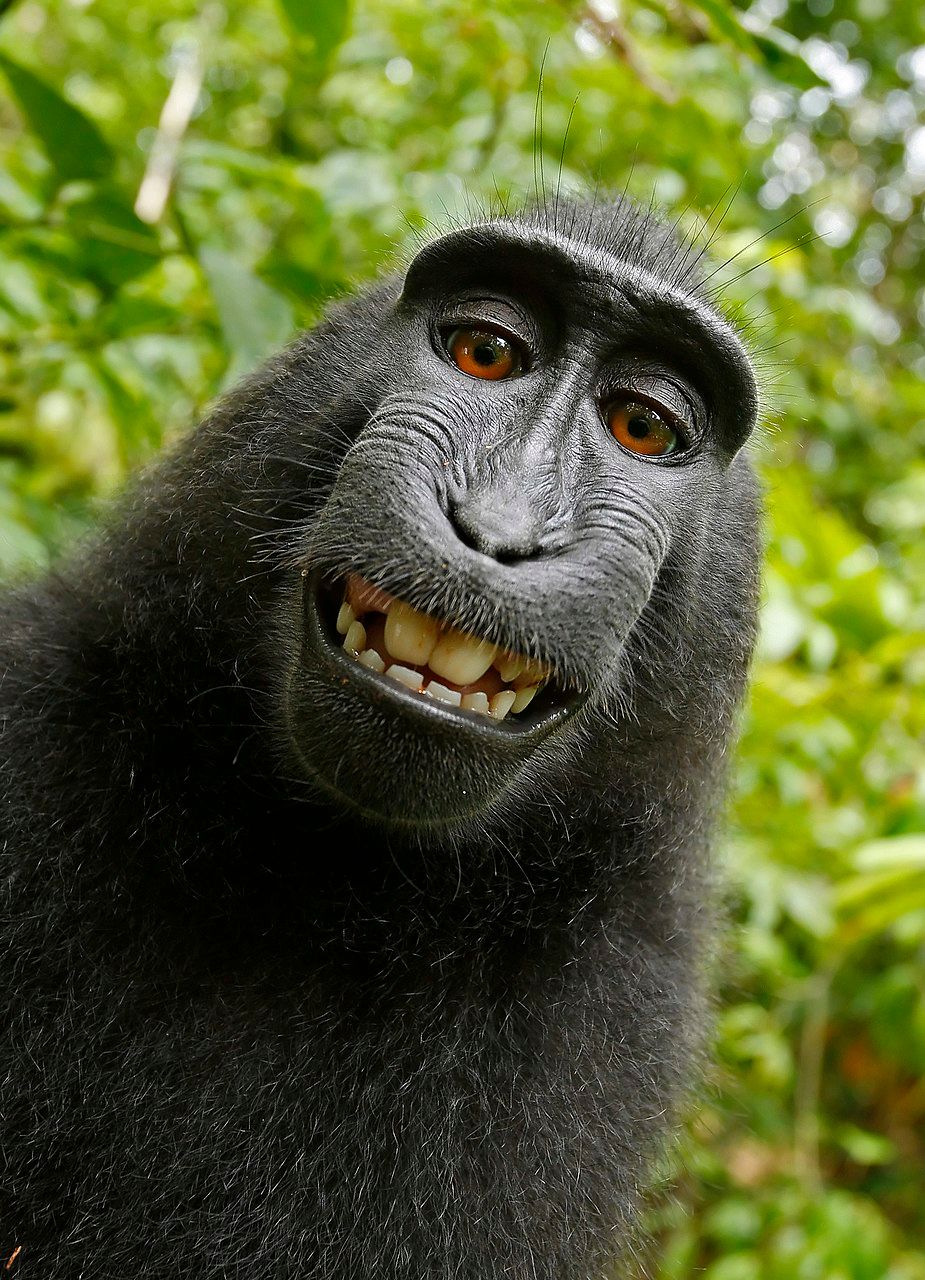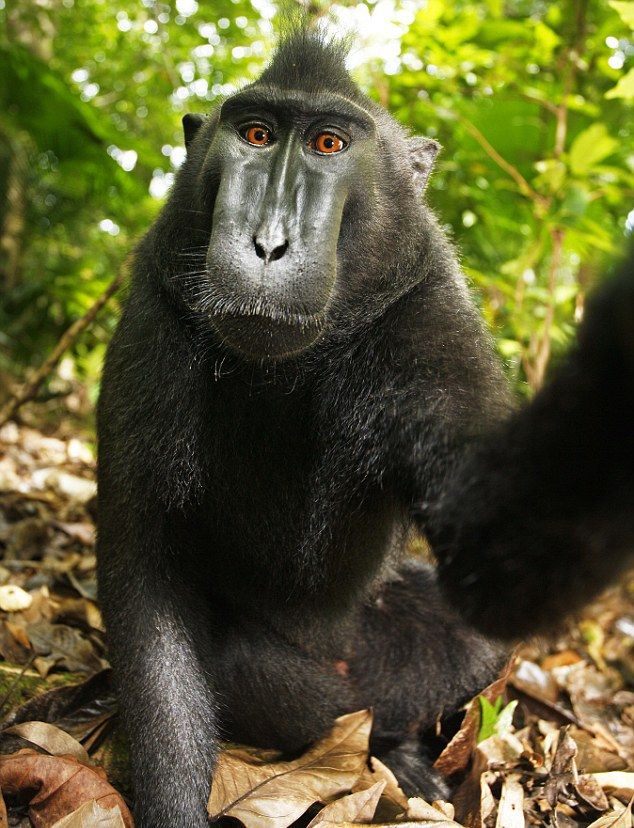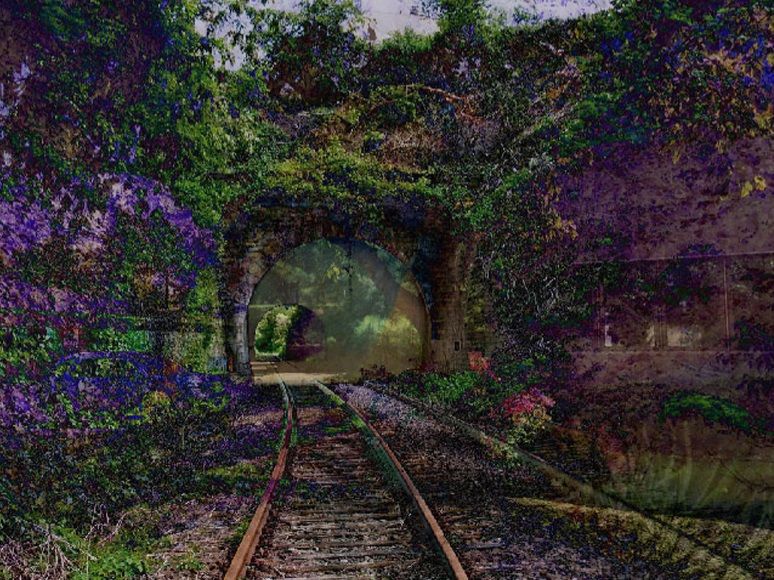
How Do Copyright Regulations Apply to Creations Made by Machine Learning Algorithms?

Clarifying Authorship in AI-Generated Works: A Guide to Copyright Principles and Ownership
As AI technologies get powerful and more people start using them, we face another ethical question: who owns the copyright to AI creations?
After all, since AI isn’t human, it cannot hold ownership over its creations. So, if an AI makes something, who do we attribute it to? The AI’s programmer? The person who initiated the prompts? Or the sources the AI used?
What Is Copyright? Does It Apply to Non-Human Creations?
Before talking about copyright, we must first define it. According to theUS Copyright Office (USCO), “Copyright is a type of intellectual property that protects original works of authorship as soon as an author fixes the work in a tangible form of expression.”
It further defines original works as:
Works are original when they are independently created by a human author and have a minimal degree of creativity.
So, for copyright to apply to any work, it must be created by a human. This issue was tested with the so-called monkey selfie copyright dispute.
In this incident, British nature photographer David Slater set himself up between 2008 and 2011 to befriend a wild Celebes crested macaques troop. He was able to gain their trust, but they were still too nervous for him to get a close-up image.

Image Credit: David Slater/Wikimedia Commons

Image Credit: David Slater/Wikimedia Commons
Close
So, he set up his camera gear on a tripod with a remote release and let the monkeys play with them. The animals were amused at the reflections, and since they pressed the remote shutter button while playing with his equipment, the monkeys captured many images, with two of them resulting in the disputed monkey selfie photo.
The photographer argued that he set up the gear and the circumstance, so he should be assigned the copyright to the image. However, many expert legal opinions, including that of the US Copyright Office and the UK Intellectual Property Office, said that photographs and artwork created by animals or machines could not own copyright.
But, according toThe Guardian , the UK office added, “the question as to whether the photographer own copyright is more complex. It depends on whether the photographer has made a creative contribution to the work, and this is a decision which must be made by the courts.”
With that, the monkey selfie image was determined to be in the public domain. However, David Slater still claims the copyright of the photo.
Given this precedent, works that aren’t strictly made by a human are ineligible for copyright; unless the creator can sufficiently prove that they set up the situation in which the non-human entity created the piece.
An Example of AI Copyright Rejection
The US Copyright Office says that any work must be human-made to be copyrightable, which means you cannot copyright AI-generated work. This was proven in late 2022 when the comic book Zarya of the Dawn’s copyright protection was revoked.
Although the USCO issued a copyright in September 2022, it said it did it in error. When it came to light that the comic book was produced using MidJourney AI, its copyright protection was revoked.
This aligns with its decision to deny copyright to Steven Thaler, who created the AI-generated painting A Recent Entrance to Paradise, which was denied copyright in 2019.
Is AI Work Non-Copyrightable?
With all the copyright denials, does it mean that AI work is non-copyrightable at all?
According to a March 2023 report inThe Register , the USCO said it would consider AI-generated work copyrightable “if a human can prove they put a meaningful amount of creative effort into the final content.”
USCO director Shira Perlmutter said that the prompts humans give to AI programs aren’t traditional elements of ownership. Instead, it’s more like an instruction given to a commissioned artist—the prompts let the AI determine what the user wants, but the machine implements it.
However, if the user simply uses AI as a tool—i.e., its output is used as a base for the final product—then the work could be considered for copyright. While this somewhat solves the issue of using AI tools to create art, it also opens another can of worms.
The Issues With AI-Generated Work

Image Credit: Steven Thaler and the Creativity Machine AI/Wikimedia Commons
As with any new technology, AI will face many issues. Aside from thecopyright rules around AI art, which we’ve discussed above,AI writing also has dangers that users and readers must know about.
More than that, AI learns from millions upon millions of data points it gathers online. And while it’s normal for a person to view other pieces of art for inspiration, AI sometimes takes these sources and has output so similar that it can be considered plagiarism.
Furthermore, some sources, like Getty Images, require AI programmers to get a license from them to train their AI on their data. However, Stability AI did not get this license but still used Getty’s data to train their system. Because of this,Getty Images is suing the art generator for copyright infringement.
This case highlights one of the biggest problems with AI generators: the data they are trained on are often copyrighted. So, at the very least, it must declare its sources. And if the author demands payment, the AI’s creator must do so.
While one may argue that it’s no different from a person looking at the images and using them as an inspiration, AI isn’t a person—instead, it’s a machine that, at least for now, has no life. Furthermore, AI consumes and spits data at inhumanly insane speeds—so much so that humans cannot compete against it.
Because AI is so powerful and is such a game-changing technology, AI will face many more issues in the immediate future.
The Ethics of AI
Although AI tools are powerful, valuable tools that’ll help us be more efficient, it’s untested and unprecedented technology. AI could have unintended consequences, so we should be careful when using this technology.
But, simultaneously, we shouldn’t avoid using it because we don’t understand it. The best way to deal with AI is to ensure that its use will serve the purpose of advancing humanity as a whole. There will be endless debates about this, for sure; that’s why we should have a solid moral compass when using this new tool.
Also read:
- [New] 2024 Approved Best Camera Lenses for YouTube
- [New] 2024 Approved Essential Guide to Top 12 Free and Paid Gaming Introduction Creators
- [New] Laugh Out Loud & Weepy Instagram's Best Meme Communities for 2024
- [Updated] Advanced Tips for Capturing Gaming Moments in Overwatch for 2024
- 8 Safe and Effective Methods to Unlock Your Apple iPhone 13 Pro Max Without a Passcode | Dr.fone
- Avoidable Slip-Ups with Neural Networks
- Can You Rely on ChatGPT or Bard for Your Money Matters: An Expert Take
- ChatGPT at Your Fingertips: Configuring AI Conversations for Android Users & iOS Enthusiasts
- ChatGPT Extensions Unleashed: How To Get Started & Make Them Work For You
- ChatGPT: Your Virtual Partner in Navigating Personal Health - 7 Perspectives
- Consequences of Clearing Your Entire Steam Directory
- Copilot Vs. Copilot Pro: What's the Difference, and Should You Upgrade?
- DALL-E 3 Imagery: Seamless Conversion From WebP to Your Preferred Image Type!
- Digital Defenses Failing: An AI Challenge
- Discover GPT's Top Pairings with Files and Text
- Fire Stick Remote Woes? Here's How You Can Fix It!
- PC Update Causes Frequent System Crashes: Solutions and Fixes
- Photobooth Lags Steadying the Playback Journey for 2024
- Revolutionize Heat Management with New Pink 'Caulk Gun' Thermal Paste by TIM – Ideal For Components Voids
- Title: How Do Copyright Regulations Apply to Creations Made by Machine Learning Algorithms?
- Author: Larry
- Created at : 2024-11-12 17:50:56
- Updated at : 2024-11-18 20:31:06
- Link: https://tech-hub.techidaily.com/how-do-copyright-regulations-apply-to-creations-made-by-machine-learning-algorithms/
- License: This work is licensed under CC BY-NC-SA 4.0.